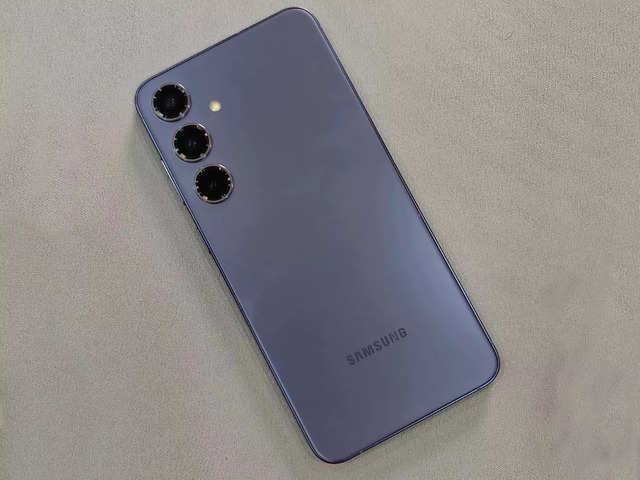
The year that went by and outlook for 2020Pixabay
Retailing in India has emerged as one of the most vigorous and fast-paced industries after travelling through different...
Dec 23, 2019, 10:43 IST
brands
Indian retail industry: The year that went by and outlook for 2020
Dec 23, 2019, 10:43 IST
Retailing in India has emerged as one of the most vigorous and fast-paced industries after travelling through different...
- We bring to you a series of columns from industry expert, looking back at the last 10 years
- The columns will explore how the media, marketing and advertising industry has transformed in the last decade
- Ravinder Singh, Founding Director, 1-India Family Mart pens down the changes the
retail industry has witnessed between 2010 and 2020
Retailers are consistently trying to tap the gravity of this potential by using the latest technologies along with new generation tools like data analytics, social commerce, CRM solutions, etc, which form the backbone of modern retailing.
Bolstered by healthy economic growth, changing demographics, increasing disposable incomes, urbanisation, changing consumer tastes and preferences, and higher consumer confidence, year 2019 experienced strong retail sales. While traditional and unorganised retail formats continue to dominate the retail market, organised retail is growing at a faster pace driven by technology intervention. The industry is now expected to reach $1400 billion by FY2024 from $790 billion in FY 2019, growing at a CAGR of 12%.
The dawn of technology in the retail space has transformed the traditional business model into a ‘Phygital’ experience with in-built metrics to comprehend customer needs. Emerging technologies like AR, VR, Artificial intelligence, IoT, cloud platforms, etc. take into consideration multiple consumer interactions through digital platforms in the form of reviews, suggestions and AI-based product assortments, to make in-store digitization possible. By connecting with the consumers at all possible touch points, these techniques are also enabling the retailers to influence consumer behaviour.
With technology being a key facilitator in driving engagements and with existing consumers and acquiring new customers, retailers can foresee increased sales and reduction in the cost of operations. Meanwhile, considering the growing consumer consciousness and their preference for choice and convenience, retailers are leveraging data-driven technologies to meet their expectations.
Key learning for the retailers to emerge as game changers in 2020
The evolving mind-set of Indian consumers expecting seamless shopping experiences across every channel; brick and mortar stores, e-commerce platforms or mobile apps, demand the retailers to work consecutively towards acquiring competitive advantage in 2020. This can be done by using these innovative retail formats and technologies:
- Experiential retail: Millennials tend to make the majority of their choices based on their experience instead of the products. So, retailers must focus on developing a customer-centric approach in their businesses, where the consumer can interact with the product or brand and give their feedback as well. An interactive methodology would enable the retailers, especially in the brick-and-mortar circle, to initiate a better brand recall and increased sales.
- Immersive technologies: While online players specifically in fashion & lifestyle and beauty & personal care segment are already making it big by embracing the concept of experience-based shopping using AR/VR, offline stores too are joining the bandwagon by implementing these immersive technologies to redefine convenience for consumers. This means consumers can now simply walk in, find their preferred products/outfits through a virtual inventory and try the outfits via virtual mirror without actually having to do it physically. This combination of technology in stores would facilitate seamless experience to the consumers. In fact, by 2020, the retail industry will emerge as the top spending industry on AR and VR.
- Big Data: Leveraging Big Data to observe and evaluate buying patterns, trends, etc, has been quite revolutionary in the online retail industry. It is now making its way into the offline retail space to create a significant effect on its future. Big Data can enable retail businesses to understand their customer expectations by predicting the popularity of products and identifying the relevant customers for each one of them.
- Social commerce: Millennial consumers are becoming more demanding with time and this can pose challenges for the retailers in future to get their brand noticed amid all the traffic. Social commerce platforms can enable retailers to raise brand awareness and drive direct engagement with customers through pictures and videos of products or brands posted by the latter. Retailers can capitalise on the consumers sharing their experiences and stories on the web in the form of reviews and recommendations.
INSIDER INTELLIGENCE REPORTS







